Amazing discoveries and experiences await you in every issue of National Geographic magazine. The latest news in science, exploration, and culture will open your eyes to the world’s many wonders.
Meet the Machines in Our Future
LIGHT IN ODD PLACES
THE BACKSTORY • PUTTING ARTI FICIAL LIGHT IN A NATURAL ENVIRONMENT ADDS AN ILLUMINATING KIND OF AWE.
The Cost of Harming Nature • THE PANDEMIC PROVES IT: BY DAMAGING THE PLANET, WE HAVE SAPPED NATURE’S POWER TO PROTECT US FROM DISEASES.
SCRUTINIZING VIRUSES
FLATTENING THE CURVE IN 1918 • THE 1918 INFLUENZA PANDEMIC—ALSO KNOWN AS THE SPANISH FLU—wreaked havoc into 1920 and earned the dubious honor of being the deadliest pandemic in recorded history. In 2020, as many parts of the world grind to a halt in response to the coronavirus, experts have turned to this century-old outbreak for clues. The efforts made back then to stem the flu’s spread in cities across America, and the outcomes—some grim, some inspiring—continue to offer lessons for today.
A BRAIN CIRCUITRY MAP WORTH BUZZING ABOUT
BREAKTHROUGHS • DISPATCHES FROM THE FRONT LINES OF SCIENCE AND INNOVATION
SHOCKING BEHAVIOR • Electric eels—the strongest bioelectricity generators among all animals—are the rare type of fish that use their electrical fields not just for communication and navigation but also for hunting and defense. A volley of their high-voltage charges can last up to three seconds, paralyzing prey.
ERIKA CUÉLLAR SOTO
The Celebrity at the Zoo • ALMOST EVERYBODY LOVES PANDAS. AFTER A YEAR DOCUMENTING A NEWBORN CUB, A PHOTOGRAPHER REMEMBERS WHEN SHE DID TOO.
THE CURIOUS CASE OF THE ‘BUM BREATHING’ TURTLE
THE_ROBOTS_ARE_HERE • A revolution in robotics is upon us, as machines take over more duties long performed by humans. It’s changing how we live.
A HELPING HAND • Designers of the revolutionary RBO Hand 3, a soft robotic hand made of flexible materials, are working to give it something akin to a human’s sense of touch. Features include sensors that measure strain via electrical resistance and embedded acoustics to track where fingers are in contact with objects (or humans) and the amount of force.
GETTING SMARTER • Some of the earliest robots of the mid-20th century were devices mostly controlled by nearby humans or were simple tools able to perform limited tasks.
A FUTURE LESS FROZEN • THE GREAT LAKES REGION’S CULTURE AND ECONOMY ARE SHAPED BY ICY WINTERS. BUT AS WARMING TURNS TRADITIONS TO SLUSH, THERE’S A GROWING SENSE OF LOSS.
Great Loss
Nobody’s Fool • FORGET THE DIM-WITTED STEREOTYPE: THE OSTRICH IS A SHREWD SURVIVOR IN A WORLD OF PREDATORS.
THE POWER OF PROTECTION • A PROJECT TO SAVE OCEANS EXPANDS ITS MISSION TO HELP BOOST FISH STOCKS AND STABILIZE THE CLIMATE.
WHAT TO PROTECT NEXT • The National Geographic Society launched the Pristine Seas project in 2008 to explore and preserve the ocean. Pristine Seas has conducted 30 expeditions and helped create 22 marine reserves. Its new research indicates crucial areas to safeguard in the future.
WAITING FOR GDAŃSK • POLAND DRAWS INSPIRATION FROM THE CITY THAT GAVE BIRTH TO THE SOLIDARITY MOVEMENT 40 YEARS AGO.
POLAND’S POSTWAR PATH • From a communist Soviet satellite to a new democracy, the Eastern European country has had a tumultuous postwar history.
PAOLO WOODS • FROM OUR PHOTOGRAPHERS
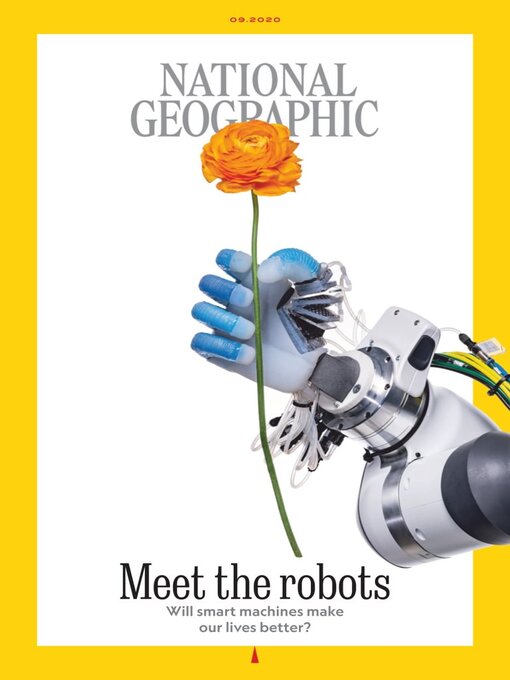
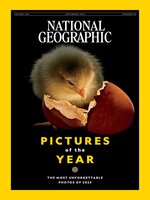 Dec 01 2025
Dec 01 2025
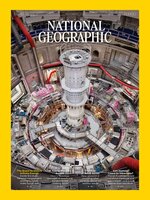 Nov 01 2025
Nov 01 2025
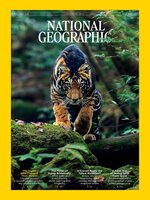 Oct 01 2025
Oct 01 2025
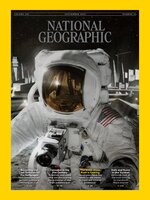 Sep 01 2025
Sep 01 2025
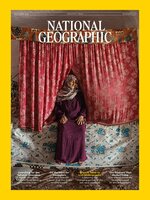 Aug 01 2025
Aug 01 2025
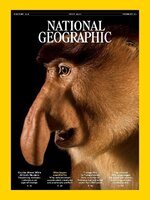 Jul 01 2025
Jul 01 2025
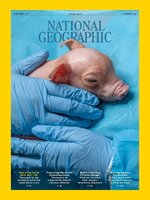 Jun 01 2025
Jun 01 2025
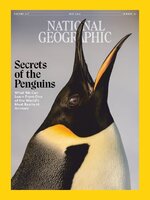 May 01 2025
May 01 2025
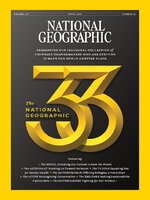 Apr 01 2025
Apr 01 2025
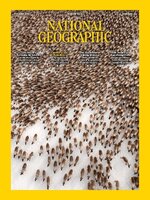 Mar 01 2025
Mar 01 2025
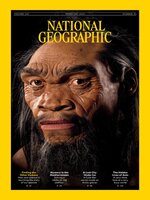 Feb 01 2025
Feb 01 2025
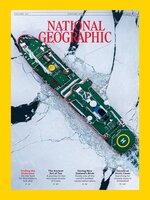 Jan 01 2025
Jan 01 2025
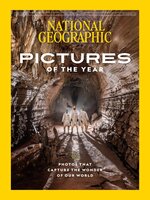 Dec 01 2024
Dec 01 2024
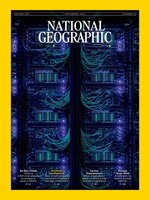 Nov 01 2024
Nov 01 2024
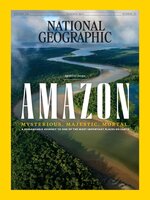 Oct 01 2024
Oct 01 2024
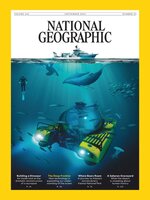 Sep 01 2024
Sep 01 2024
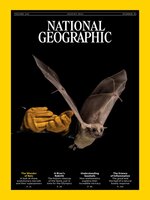 Aug 01 2024
Aug 01 2024
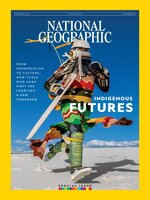 Jul 01 2024
Jul 01 2024
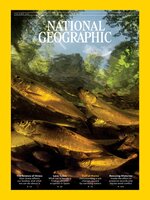 Jun 01 2024
Jun 01 2024
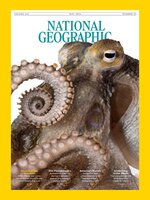 May 01 2024
May 01 2024
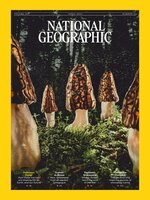 Apr 01 2024
Apr 01 2024
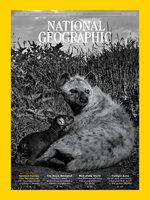 Mar 01 2024
Mar 01 2024
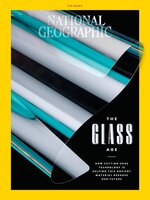 Feb 01 2024
Feb 01 2024
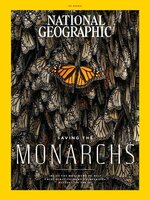 Jan 01 2024
Jan 01 2024